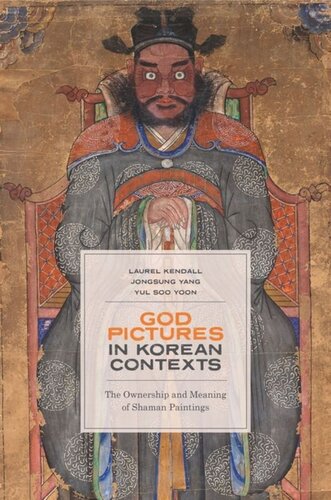

Most ebook files are in PDF format, so you can easily read them using various software such as Foxit Reader or directly on the Google Chrome browser.
Some ebook files are released by publishers in other formats such as .awz, .mobi, .epub, .fb2, etc. You may need to install specific software to read these formats on mobile/PC, such as Calibre.
Please read the tutorial at this link: https://ebookbell.com/faq
We offer FREE conversion to the popular formats you request; however, this may take some time. Therefore, right after payment, please email us, and we will try to provide the service as quickly as possible.
For some exceptional file formats or broken links (if any), please refrain from opening any disputes. Instead, email us first, and we will try to assist within a maximum of 6 hours.
EbookBell Team

0.0
0 reviewsShamans walking on knives, fairies riding on clouds, kings with dragon mounts: They are gods and they are paper images. Some are repulsed and unsettled by shaman paintings, some cannot stop collecting them, and some use them as sites of veneration. Laurel Kendall, Jongsung Yang, and Yul Soo Yoon explore what it is that makes a Korean shaman painting magical or sacred. How does a picture carry the trace of a god and can it ever be “just a painting” again? How have shaman paintings been revalued as art? Do artfulness and magic ever intersect? Does it matter, as a matter of market value, that the painting was once a sacred thing? Navigating the journey shaman paintings make from painters’ studios to shaman shrines to private collections and museums, the three authors deftly traverse the borderland between scholarly interests in the material dimension of religious practice and the circulation of art.
Illustrated with sixty images in color and black and white, the book offers a new vantage point on “the social life of things.” This is not a story of a collecting West and a disposing rest; the primary collectors and commentators on Korean shaman paintings are South Koreans re-imagining their own past in light of their own modernist sensibility. It is a tale told with an awareness of both recent South Korean history and the problematic question of how the paintings are understood by different South Korean actors, most particularly the shamans and collectors who share a common language and sometimes meet face-to-face.